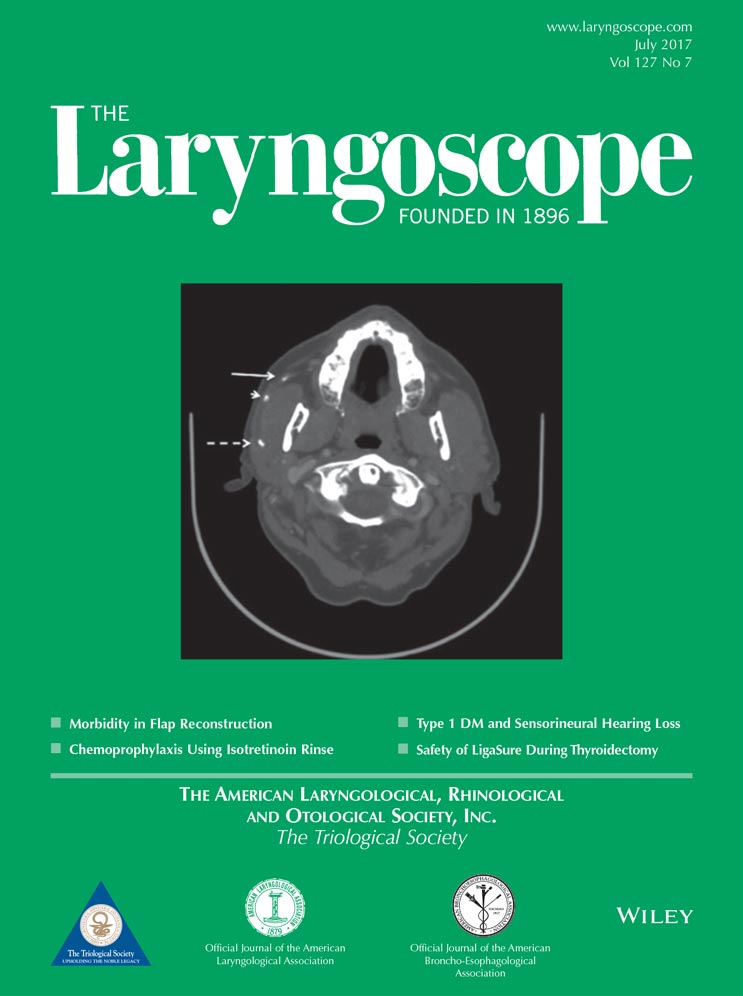Silent sinus syndrome after facial trauma: A case report and literature review
The authors have no funding, financial relationships, or conflicts of interest to disclose.
Abstract
Objective
The accepted definition of silent sinus syndrome (SSS) excludes posttraumatic cases. To challenge current exclusion criteria of antecedent facial trauma, we have identified all published cases of posttraumatic SSS in English literature, including a new representative case from our institution.
Data Sources
MEDLINE, EMBASE, and Scopus databases.
Review Methods
All case reports and case series published in English literature from 1964 through August 2016 were sequentially identified. Authors of cases with missing information were contacted for completion.
Results
Thirteen documented cases of posttraumatic SSS were identified through the literature review. An additional case from our institution was presented, bringing the total reported case count to 14. Time from initial trauma to presentation ranged from 2 months to 32 years, with a median duration of 6 months. Endoscopic sinus surgery (ESS) with either concurrent or staged orbital floor implant repair was used to treat posttraumatic SSS in 64% of reported cases. Three patients had ESS alone, with one case showing postoperative improvement in enophthalmos.
Conclusion
Recent emergence of case reports of SSS postorbital and facial trauma challenge the current exclusion criteria of precedent facial trauma. Posttraumatic SSS is rare, but the availability of cross-sectional imaging pre- and postdevelopment of SSS makes a strong case for a causal relationship. Laryngoscope, 127:1520–1524, 2017




